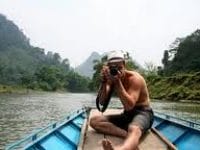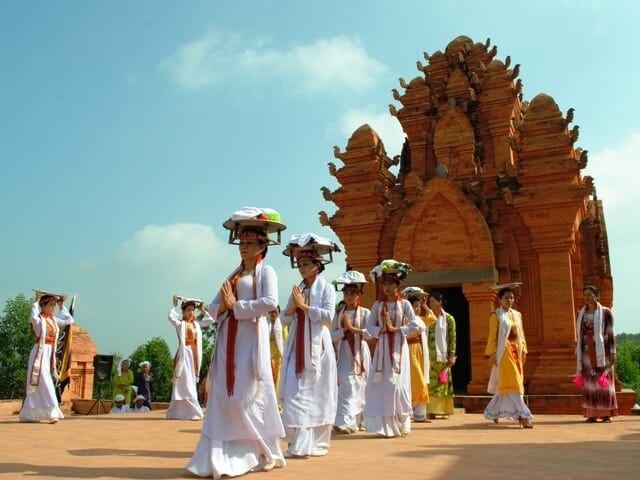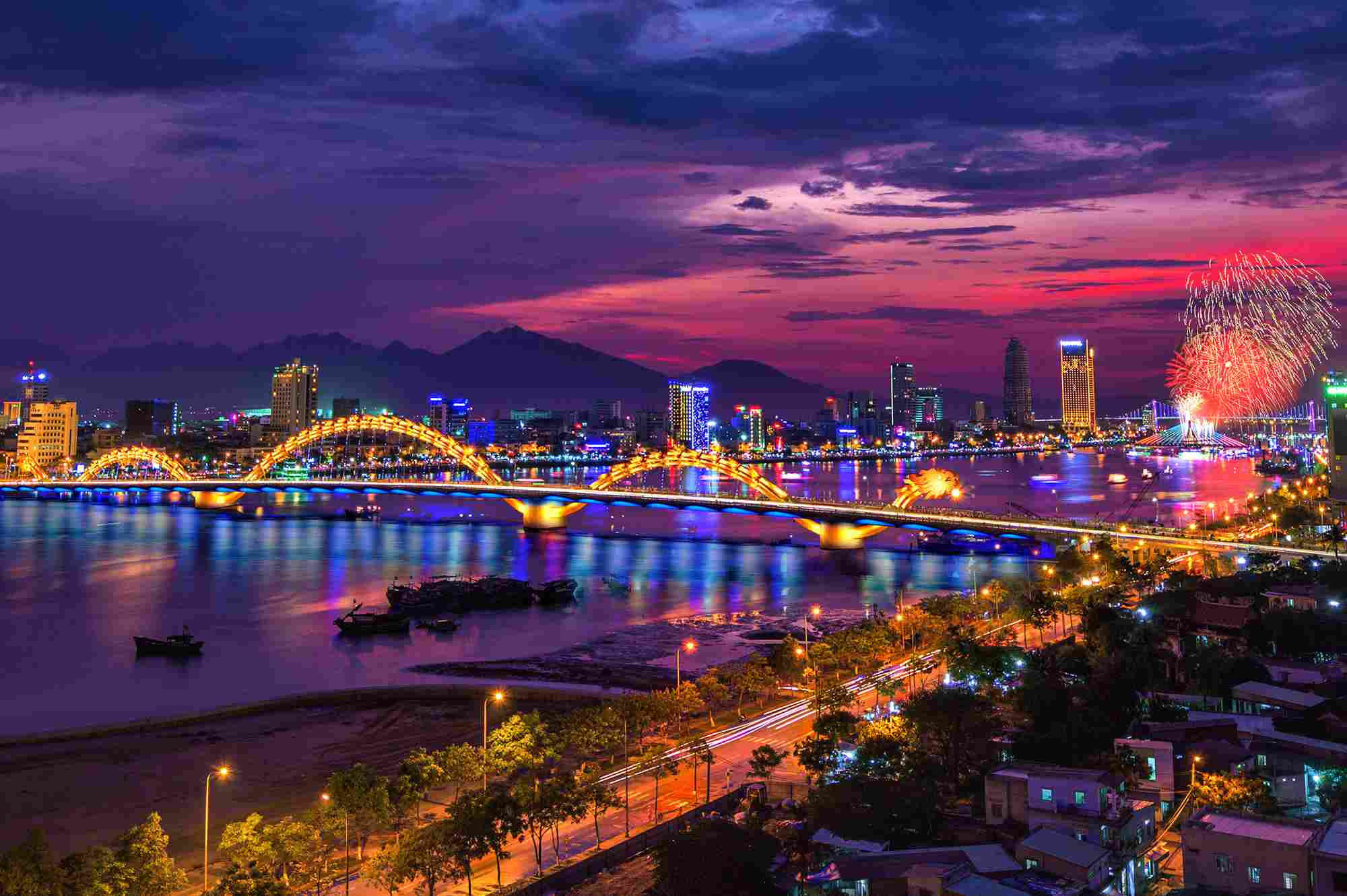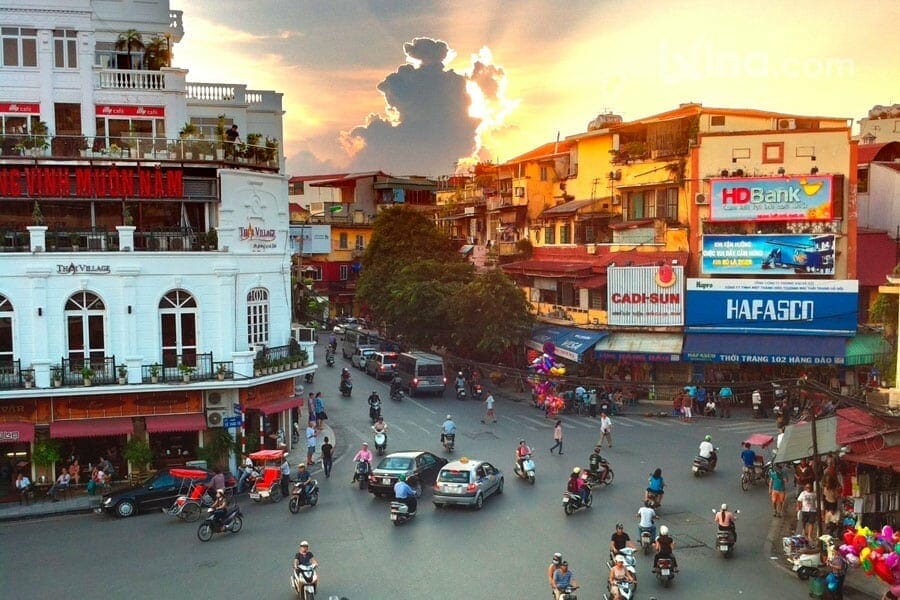It is not oft that we go on a back-packing stumble with no right concur whatsoever. In fact, we had never really done it, but summer was upcoming to a equal and we hot a weekend flight that was perfect as we could get.
weekend flight that was perfect as we could get.
After considering several options and assembling various opinions we zeroed in Ba Be Lake. Picturesque landscapes, limestone caves and a different ecosystem interior to rarefied animals like the Disgraceful Historian – measured honourable reactionary to our city-weary ears.
We learnt that Ba Be Lake is “Vietnam’s largest natural lake and now the centerpiece of an extensive national park which is situated in a region of limestone topography that features lakes, waterfalls, caves and many unusual rock formations.
“It is covered by tropical and semi-tropical evergreen forest with rich bio-diversity – 50 animal species, over 400 plants and many species of insects, reptiles and birds. It is also home to ten seriously endangered animals, including two primates, the Black Gibbon and the Tonkinese ‘snub-nosed’ monkey.”
Since we’d decided to get to the lake on our own, we prepared everything very carefully for our first “phượt” – backpacking tour – with all the essentials including three good motorbikes, a map, clothes, medicine and other important things.
We set off right after finishing work at 5 p.m. on Friday. Following National Road No. 3, we passed Thai Nguyen Province before stopping at Bac Kan Town for the first night. By then we had done some 164 kilometers from Hanoi and there were only some 70 kilometers left before we reached Ba Be. The next morning, after consulting with our host about two routes to Ba Be, we decided to take the 75-km Bac Kan-Bang Lung-Ba Be route which is 5 kilometers farther than the Bac Kan-Phu Thong-Cho Ra-Ba Be route, because the former offers more quiet roads and a more scenic drive.
We were all pleased with our choice. It took us a whole morning to make our way along the quiet roads because we stopped many times to take photographs of the scenery on offer.
 We arrived at Ba Be Lake at noon. It did not take us long to find a home-stay in Pac Ngoi Village. Local residents here mostly belong to the Tay, Nung Red Dao and White H’mong ethnic minority groups. Besides Pac Ngoi, you can also find good home-stay options in nearby villages like Bo Lu or Coc Tai. An alternative is the park’s guesthouse which provides basic accommodation, but visitors usually prefer a home-stay.
We arrived at Ba Be Lake at noon. It did not take us long to find a home-stay in Pac Ngoi Village. Local residents here mostly belong to the Tay, Nung Red Dao and White H’mong ethnic minority groups. Besides Pac Ngoi, you can also find good home-stay options in nearby villages like Bo Lu or Coc Tai. An alternative is the park’s guesthouse which provides basic accommodation, but visitors usually prefer a home-stay.
After “checking-in” and having a bath, we were invited to a wonderful lunch of some local specialties, including corn wine, braised pork with tram fruit, boiled chicken and bo khai vegetable. Every dish was fresh and delicious. Our hosts also gave us some useful advice and information on how to explore Ba Be National Park and we skipped our regular nap to set off right after lunch.
We hired a boat from the Buoc Lom Wharf and rowed into the lake. This was my first visit here and everything was more wonderful than I had expected.
Ba Be Lake is formed by three small lakes: Pe Lam, Pe Lu and Pe Leng, which all run through the Nang River. It’s about seven kilometers long and one kilometer wide at the widest point, and contains around fifty species of freshwater fish. The surface of the lake was calm, and our trip was a peaceful experience.
It can take a full day or two or even more to explore all the beautiful spots, including the caves, waterfalls, ponds and some small islets as well as checking out the life of people who live around this lake. But since we did not have that luxury, we could only stop at the Dau Dang Waterfall, which is 50 meters tall, the Tien (Fairy) Pond on the top of a mountain, and some beautiful caves including Puong, Na Phong and Pac Chan.
We also spent sometime at Cam Village, on the banks of the Nang River. Local people here earn their living by growing rice and fishing. They travel around on a thuyen doc moc – a small wooden boat which has become a iconic image of Ba Be Lake.
When the sun began to fall gradually on the peaceful lake, we turned our boat back to the wharf and returned to our weekend home. The quiet stilt-houses were soon covered in darkness and atmosphere was unbelievably serene.
Dinner was prepared with many good dishes but I loved the baked fish the most. It ranks among the best dishes I’ve ever eaten. Our host told us that he was a fisherman and had caught the fish in Ba Be Lake. I told him sincerely that he was not only a good fisherman, he also a talented cook.
When we finished our dinner and gathered to chat with the many neighbors here, I discovered that our host was also one of the best singers in the village. He played the tinh (a local musical instrument) and sang then (a type of local folk songs) really well.
To get so close to an authentic ethnic minority lifestyle and have a host who could cook, play music and sing really well – it was a trip that was better than we hoped for when we started out – and we had already set the bar very high.



